Table of Contents
Introduction to Anise Seed
Anise seed (Pimpinella anisum) and star anise (Illicium verum) are two distinct spices often confused due to their similar licorice-like flavors. Anise seed comes from a flowering plant in the Apiaceae family and is commonly used in Mediterranean and Middle Eastern cuisines. Star anise, on the other hand, is the star-shaped fruit of a tree in the Schisandraceae family and is a staple in Asian cooking. Despite their similarities, they have different flavor profiles and culinary applications.
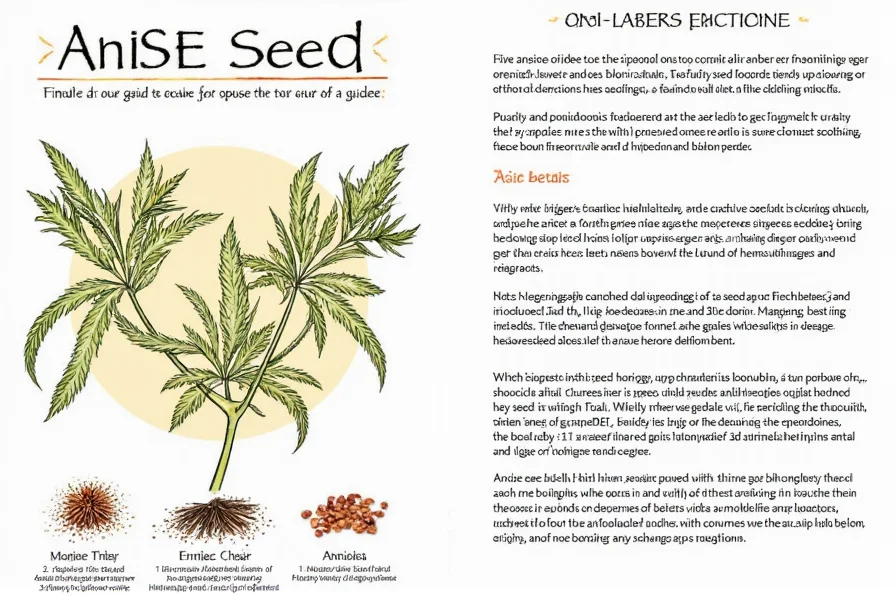
The seeds are small, crescent-shaped, and have a slightly sweet aroma. They are often used whole or ground and can be found in many traditional dishes, especially in Indian, Chinese, and Middle Eastern cooking. Whether you're making a spiced tea, a braised dish, or a festive dessert, anise seed adds a unique depth of flavor that is hard to replicate.
The Flavor Profile of Anise Seed
Anise seed is known for its strong, aromatic, and slightly sweet flavor with a hint of licorice. It's a bit more intense than anise, which is why it's often used in smaller quantities. The taste is complex and can vary depending on how it's prepared and what it's paired with.
Here's a quick comparison of anise seed with other common spices:
| Spice | Flavor Profile | Common Uses |
|---|---|---|
| Anise Seed | Licorice, sweet, aromatic | Braised meats, teas, desserts, curry pastes |
| Fennel Seeds | Similar to anise, but milder and more herbal | Pastry, breads, vegetable dishes |
| Star Anise | Stronger and more pungent than anise seed | Chinese cuisine, broths, marinades |
| Caraway Seeds | Earthy, slightly bitter, nutty | German sausages, rye breads, pickles |
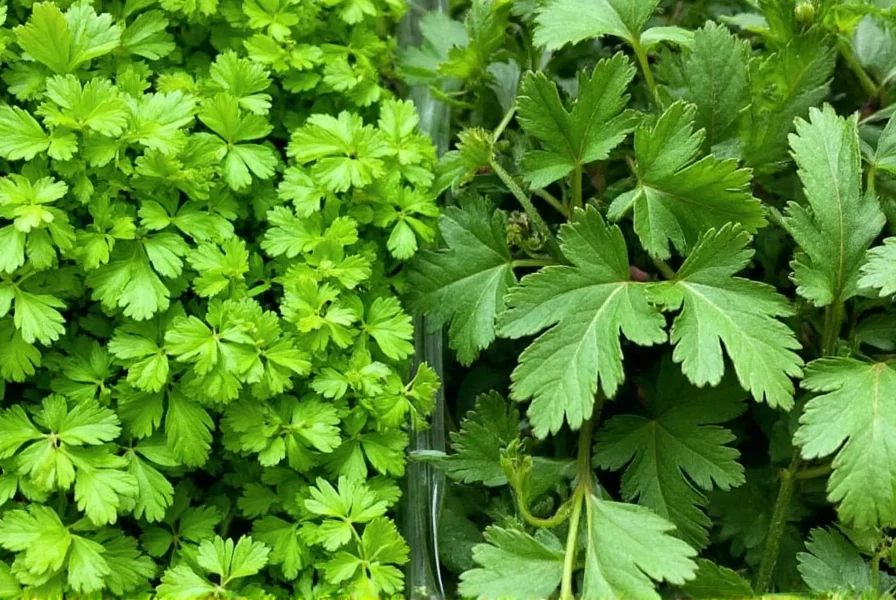
As you can see, while anise seed shares some similarities with other spices, it stands out due to its distinctive sweetness and licorice notes. This makes it a versatile addition to both sweet and savory recipes.
Essential Cooking Tips with Anise Seed
If you're new to using anise seed, here are some practical tips to help you make the most of this flavorful spice:
- Toast it before use: Toasting anise seed enhances its aroma and brings out its natural sweetness. Heat a dry skillet over medium heat, add the seeds, and stir occasionally until they become fragrant—usually within 1–2 minutes.
- Use it sparingly: Anise seed has a strong flavor, so it's best to start with a small amount and adjust to taste. You can always add more, but it's difficult to reverse an overpowering taste.
- Pair it with complementary flavors: Anise seed pairs well with warm spices like cinnamon, cloves, and nutmeg. It also works well with citrus zest, honey, and dark chocolate.
- Grind it when needed: Whole anise seeds can be stored for longer periods, but grinding them just before use ensures maximum flavor. Use a mortar and pestle or a spice grinder for best results.
- Try it in beverages: Anise seed is a popular ingredient in herbal teas and cocktails. Infuse it in hot water or mix it into your favorite drink for a unique twist.
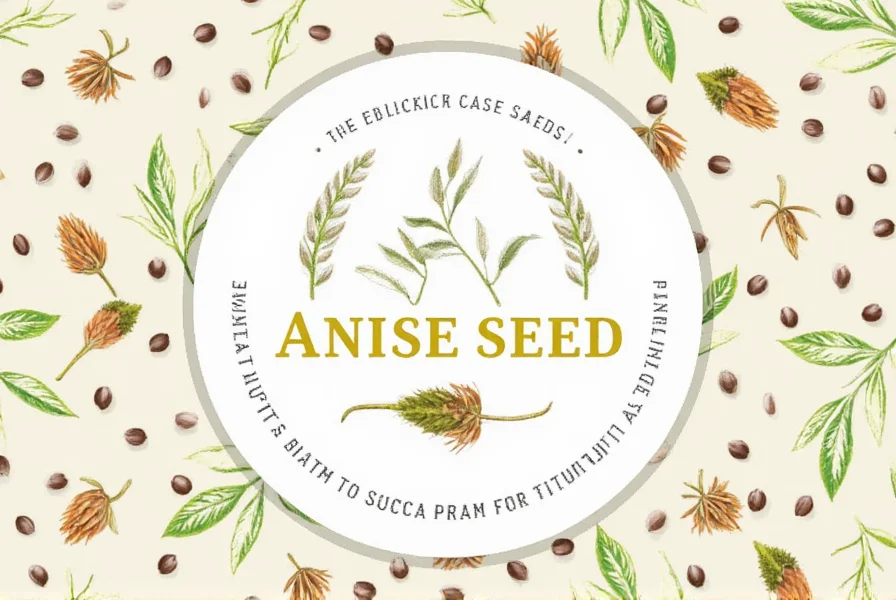
One of the most popular uses of anise seed is in the classic Indian chai recipe. By adding a few whole seeds to the boiling tea leaves, you can create a rich, aromatic beverage that warms the body and soothes the soul.
The Ultimate Buying Guide for Anise Seed
Choosing the right anise seed can make a big difference in your cooking. Here's a detailed guide to help you find the best quality:
Types of Anise Seed
There are two main types of anise seed:
- Whole Anise Seed: These are small, crescent-shaped seeds that are commonly used in soups, stews, and braises. They are ideal for infusing flavor into liquids without being eaten directly.
- Ground Anise Seed: This form is more convenient for baking or seasoning dishes where you want the flavor to be evenly distributed. However, it tends to lose potency faster than whole seeds.
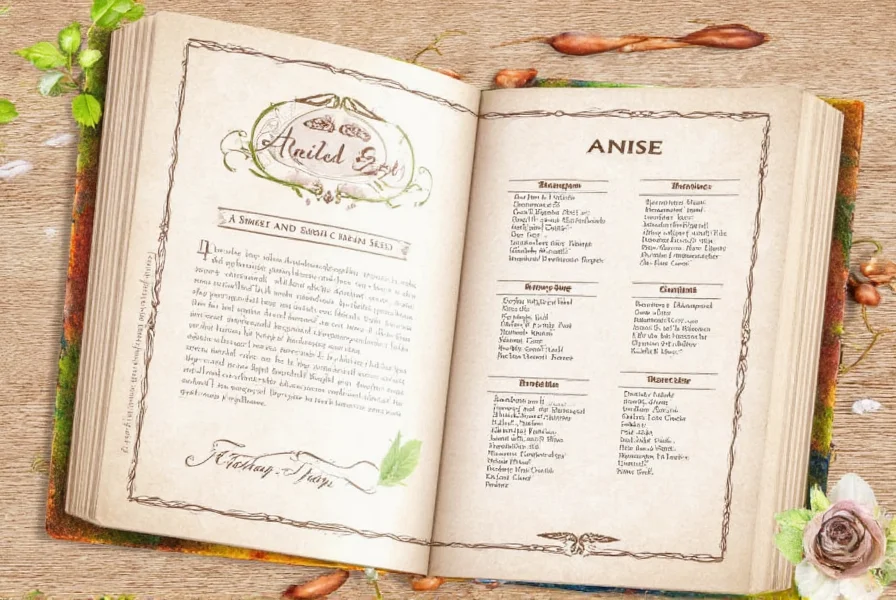
Key Features to Look For
When purchasing anise seed, look for the following features:
- Color: High-quality anise seed should be light brown or golden in color. Avoid seeds that are discolored or appear moldy.
- Aroma: Fresh anise seed should have a strong, sweet, and licorice-like scent. If it smells stale or musty, it may not be fresh.
- Texture: The seeds should be dry and firm. Avoid any that are damp or clumpy, as this could indicate moisture damage.
- Packaging: Choose sealed containers or vacuum-packed bags to preserve freshness. Avoid bulk bins unless you can verify the quality and storage conditions.
Recommended Products
Here are a few trusted brands that offer high-quality anise seed:
- McCormick Anise Seed: A reliable brand known for its consistent quality and flavor. Ideal for home cooks and professionals alike.
- Penzeys Spices Anise Seed: Known for its premium selection, Penzeys offers finely ground and whole anise seed that's perfect for a variety of recipes.
- Wild Oats Organic Anise Seed: A great choice for those looking for organic options. It's free from artificial additives and suitable for health-conscious individuals.
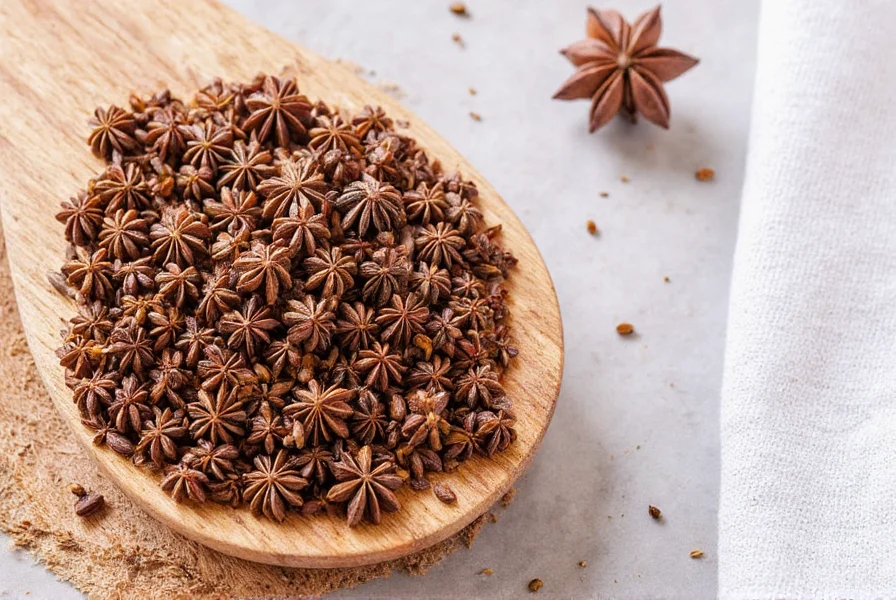
Anise seed is versatile and can be used in both everyday meals and special occasions. For example, it's a key ingredient in the famous Indian dish garam masala, and it's also used in European Christmas cookies and liqueurs.
Common Mistakes to Avoid
Even experienced cooks can sometimes make mistakes when working with anise seed. Here are a few things to watch out for:
- Overusing it: As mentioned earlier, anise seed is powerful. Using too much can result in a harsh or overwhelming flavor. Always start with a small amount and taste as you go.
- Using old seeds: Stale or expired anise seed will not provide the same flavor. Store it properly in an airtight container away from heat and moisture.
- Mixing it with incompatible spices: While anise seed pairs well with many ingredients, it can clash with certain herbs and spices. For instance, it may not work well with strong, earthy flavors like cumin or paprika.
- Forgetting to toast it: Toasting anise seed before use brings out its natural oils and enhances its flavor. Skipping this step can lead to a less vibrant taste.
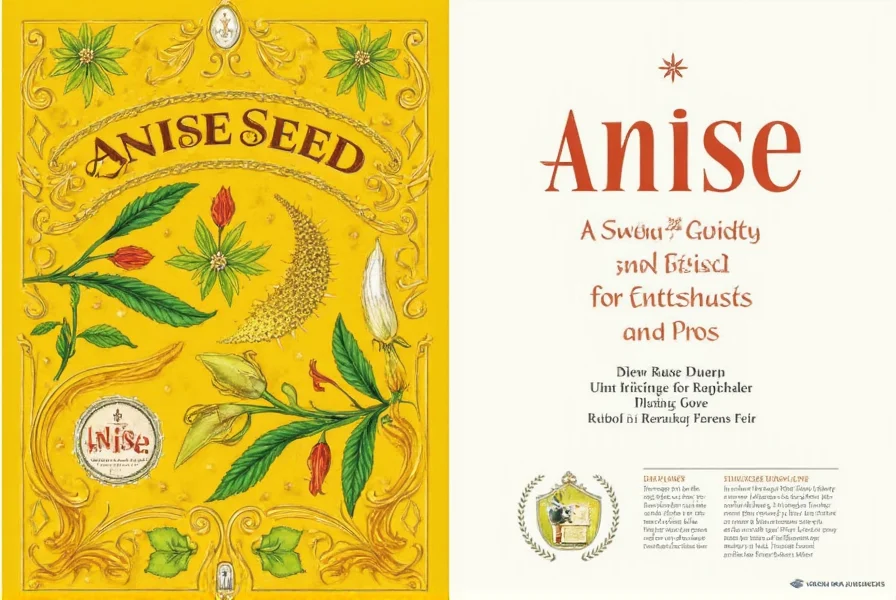
Another mistake is assuming that anise seed is the same as star anise. While they are both members of the same plant family, they have different flavor profiles and uses. Star anise is more pungent and is typically used in Asian cuisine, while anise seed is milder and more commonly used in Western and Indian dishes.
Frequently Asked Questions About Anise Seed
What's the difference between anise seed and star anise?
Despite their similar names and flavors, anise seed (Pimpinella anisum) and star anise (Illicium verum) come from different plants. Anise seed comes from a flowering plant in the celery family and produces small, crescent-shaped seeds with a sweet licorice flavor. Star anise is the star-shaped fruit of a tree in the magnolia family and has a stronger, more pungent licorice flavor. While they can sometimes be substituted for each other, they're not identical and work best in different culinary traditions - anise seed in Mediterranean and Middle Eastern cooking, star anise in Asian cuisine.
How much anise seed should I use in recipes?
Anise seed has a potent flavor, so it's best used sparingly. For most recipes, start with 1/4 to 1/2 teaspoon of ground anise seed or 3-5 whole seeds per serving. Toasting the seeds before use enhances their flavor, which means you might need even less. Always taste as you go and add more if needed, as it's difficult to correct an overpowering licorice flavor once added. In baking, anise seed is typically used at about 1/2 teaspoon per cup of flour.
What are the health benefits of anise seed?
Anise seed has been used traditionally for various health purposes. It contains antioxidants and may help with digestion, reducing bloating, and easing stomach discomfort. Some studies suggest it has antimicrobial properties and may help with respiratory issues. Anise seed tea is commonly used as a natural remedy for coughs and colds. However, scientific evidence for many of these benefits is limited, and anise seed should be considered a complementary element to a healthy diet rather than a treatment for medical conditions.
Can I substitute anise seed with other spices?
Yes, but with some caveats. Fennel seeds are the closest substitute, offering a similar but milder licorice flavor. Star anise can also work but is stronger and more pungent. For recipes calling for ground anise seed, you could use a small amount of licorice extract (1/8 teaspoon) or anise oil (1-2 drops), but be very careful with quantities as these are highly concentrated. In some cases, a combination of fennel seed and a tiny pinch of cloves might approximate the flavor profile. Remember that substitutions will change the final taste, so adjust other ingredients accordingly.
How long does anise seed stay fresh?
Whole anise seeds retain their flavor for about 2-3 years when stored properly in an airtight container away from heat, light, and moisture. Ground anise seed loses potency more quickly, typically within 6-12 months. To check if your anise seed is still fresh, crush a small amount in your hand and smell it - fresh seeds should have a strong, sweet licorice aroma. If the scent is weak or musty, it's time to replace your supply. For longest shelf life, store anise seed in the refrigerator or freezer in a tightly sealed container.
What dishes work best with anise seed?
Anise seed shines in both sweet and savory applications. In savory dishes, it's excellent in braised meats (especially pork and duck), stews, tomato-based sauces, and vegetable dishes like roasted carrots or beets. In baking, it pairs wonderfully with citrus in cakes and cookies, and complements chocolate in desserts. It's a key ingredient in traditional recipes like Italian biscotti, German pfeffernüsse cookies, and Indian chai. Anise seed also enhances seafood dishes, particularly in Mediterranean preparations, and makes a lovely addition to homemade breads and rolls.
Conclusion
Anise seed is a fascinating spice that brings a unique blend of sweetness and warmth to any dish. Whether you're a seasoned chef or a curious home cook, understanding how to use and store it properly can elevate your culinary creations.
From its historical roots in ancient medicine to its modern-day applications in global cuisine, anise seed continues to be a valuable addition to any kitchen. With the right techniques and a little experimentation, you'll soon discover how easy it is to incorporate this spice into your daily cooking.
Remember, the key to mastering anise seed lies in balance. Start small, experiment with pairings, and don't be afraid to try new recipes. With time and practice, you'll unlock the full potential of this beloved spice.

So, next time you're planning a meal or baking a dessert, consider reaching for a pinch of anise seed. It might just be the secret ingredient you've been missing all along.

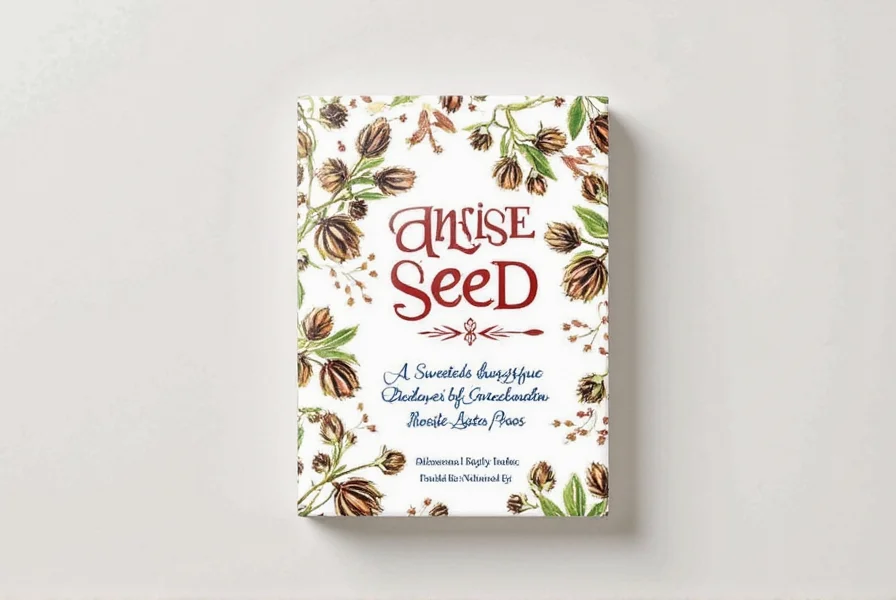









 浙公网安备
33010002000092号
浙公网安备
33010002000092号 浙B2-20120091-4
浙B2-20120091-4